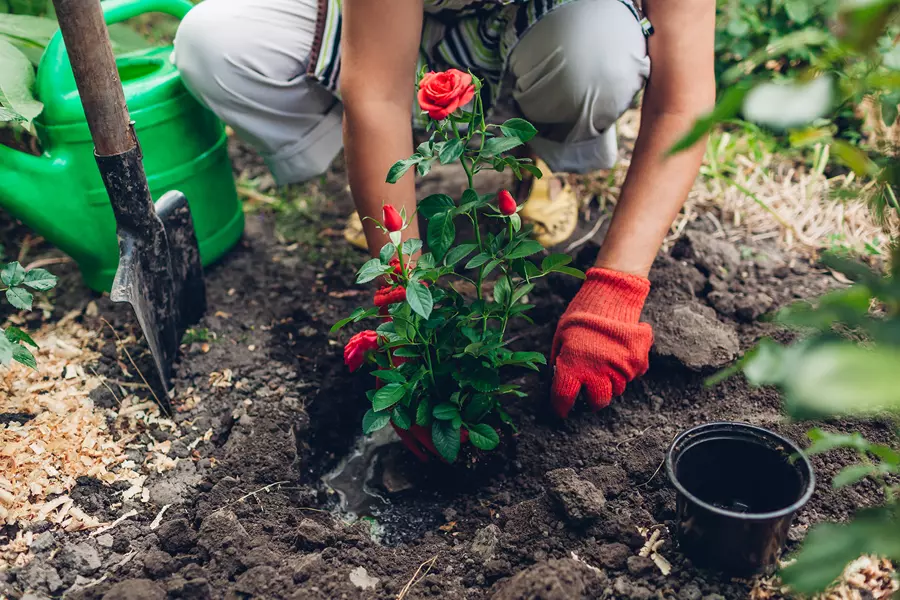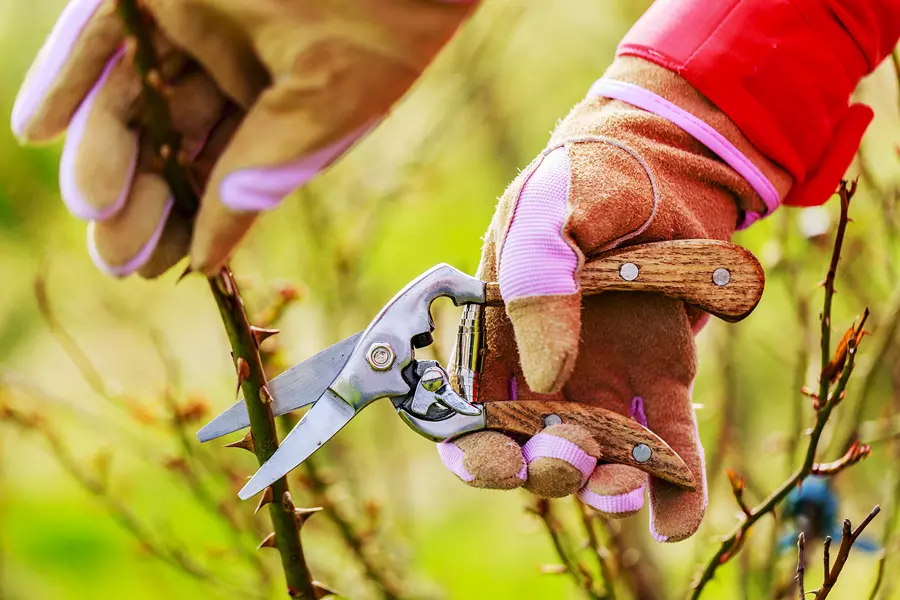Roses are delicate blooms with robust and undemanding plants that can thrive anywhere in the United States, according to rose-growing experts. Despite their reputation for being temperamental, anyone can establish a thriving rose garden by following some basic guidelines. Rosarians debunk the myth of high maintenance roses, emphasizing that they are just plants and not mysterious creatures from outer space.
Rose varieties have evolved significantly over the past 20 years, with many disease-resistant and easy-to-grow options available for gardeners. The key to success is selecting a rose variety that will thrive in your specific region. Local retail nurseries and rose societies can offer practical advice on what types of roses work best in your area (Rose.org.
There are many different types of roses, from classic red tea varieties to modern English shrub roses. Some popular options include Veterans’ Honor, Olivia, Moonlight Magic, Ouida, Amazing Grace, and White Gold. When planting roses, make sure they have proper drainage by placing them in a hole big enough for the roots to be spread out, mixing compost into the soil, and watering well the first month.
Once established, roses require a consistent deep watering, typically once a month. For hotter climates, provide morning sun and afternoon shade or install a shade structure to protect them from extreme heat. In colder climates, mulch around the base of the plant in autumn for protection against frost damage and winter insulation.
Pruning is an essential aspect of rose care, with experts recommending cutting dead, broken, weak, or diseased canes as well as those that are rubbing on other branches. Prune at the end of bloom season or early spring to shape the plant for summer growth.
Lastly, while blue roses remain a myth and rose bouquets won’t last more than a week, anyone can successfully grow roses in their own backyard with some basic care and attention. The key to success lies in selecting the right variety for your climate and following best practices for planting, watering, and pruning.



